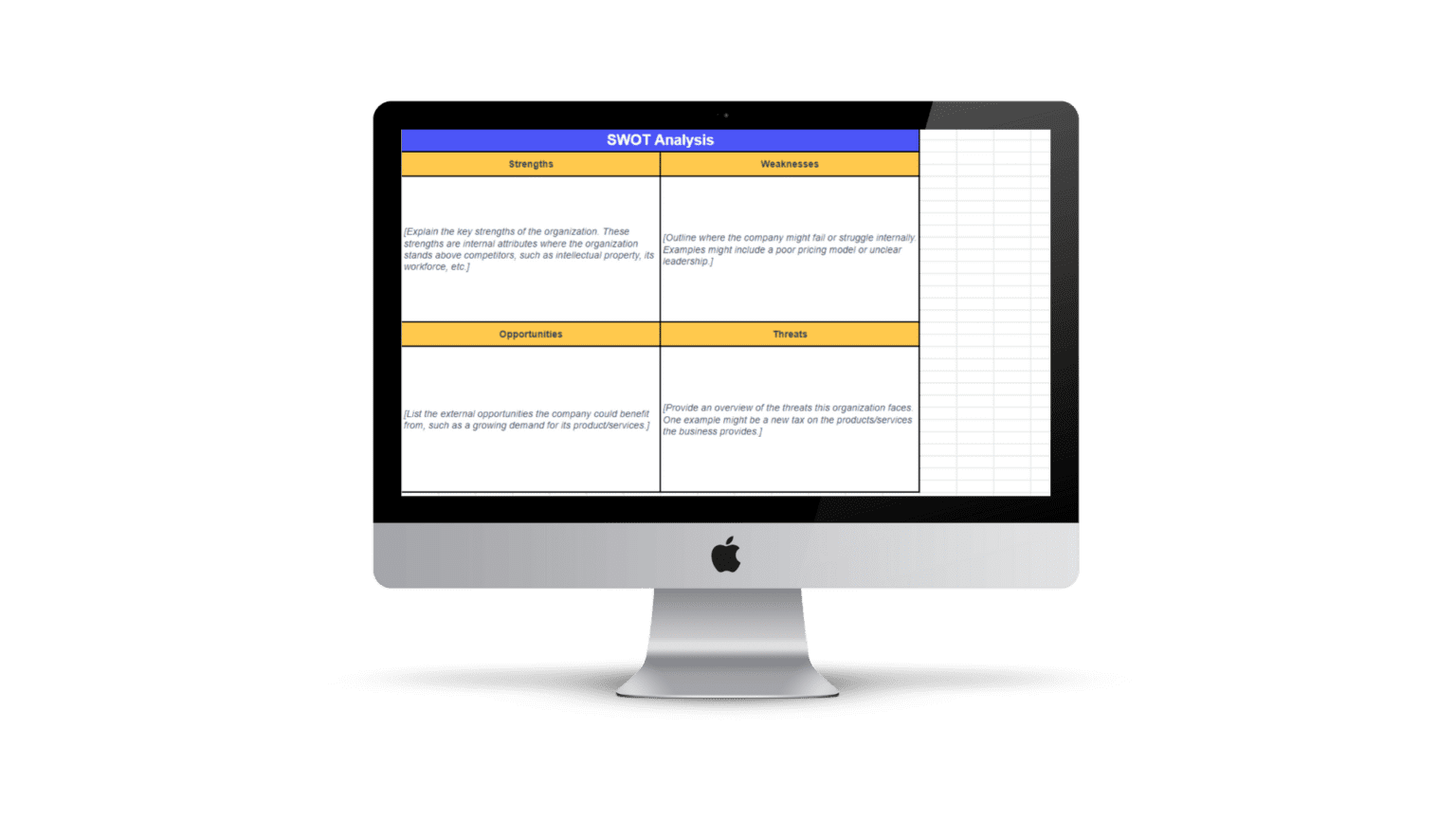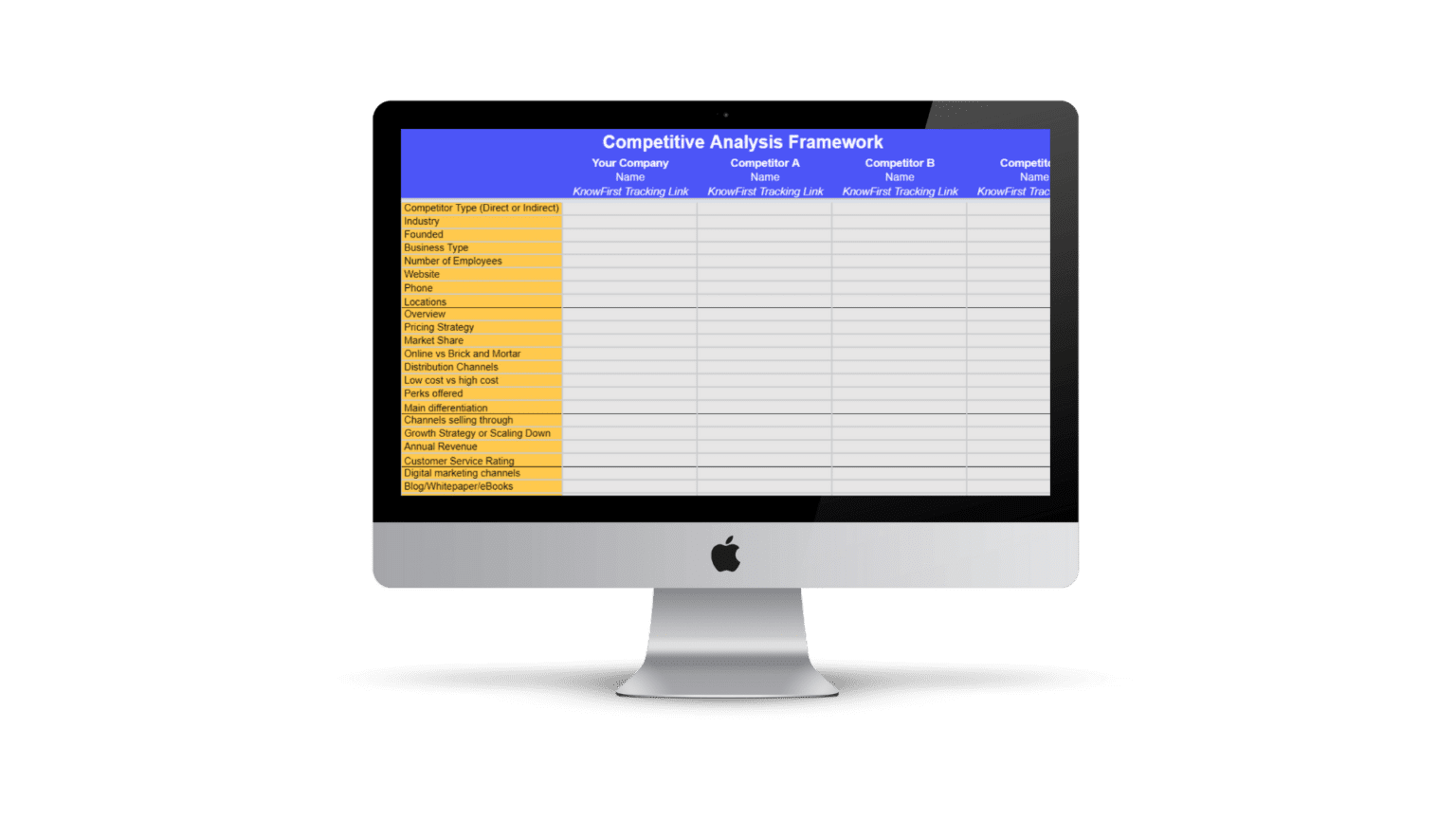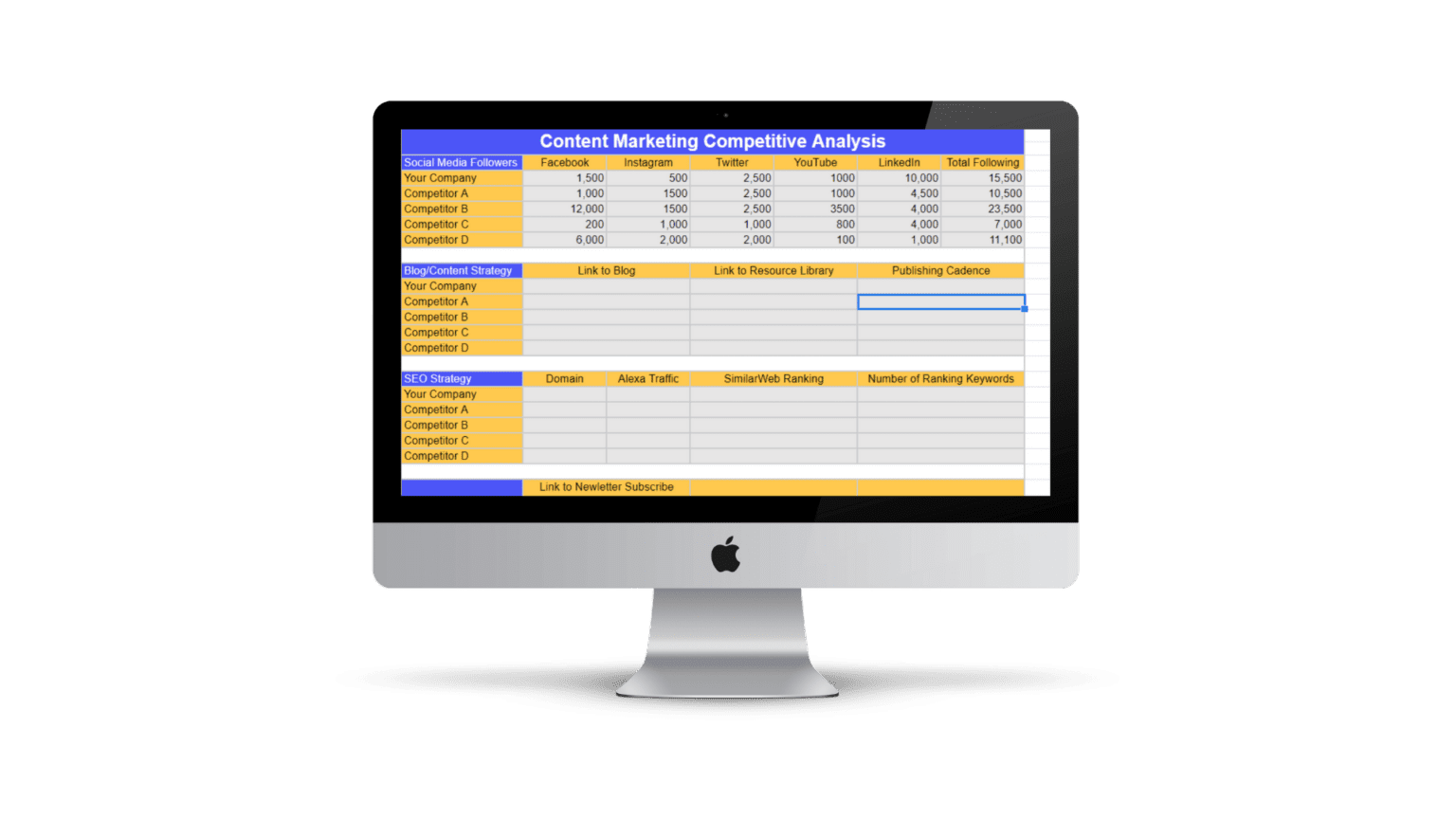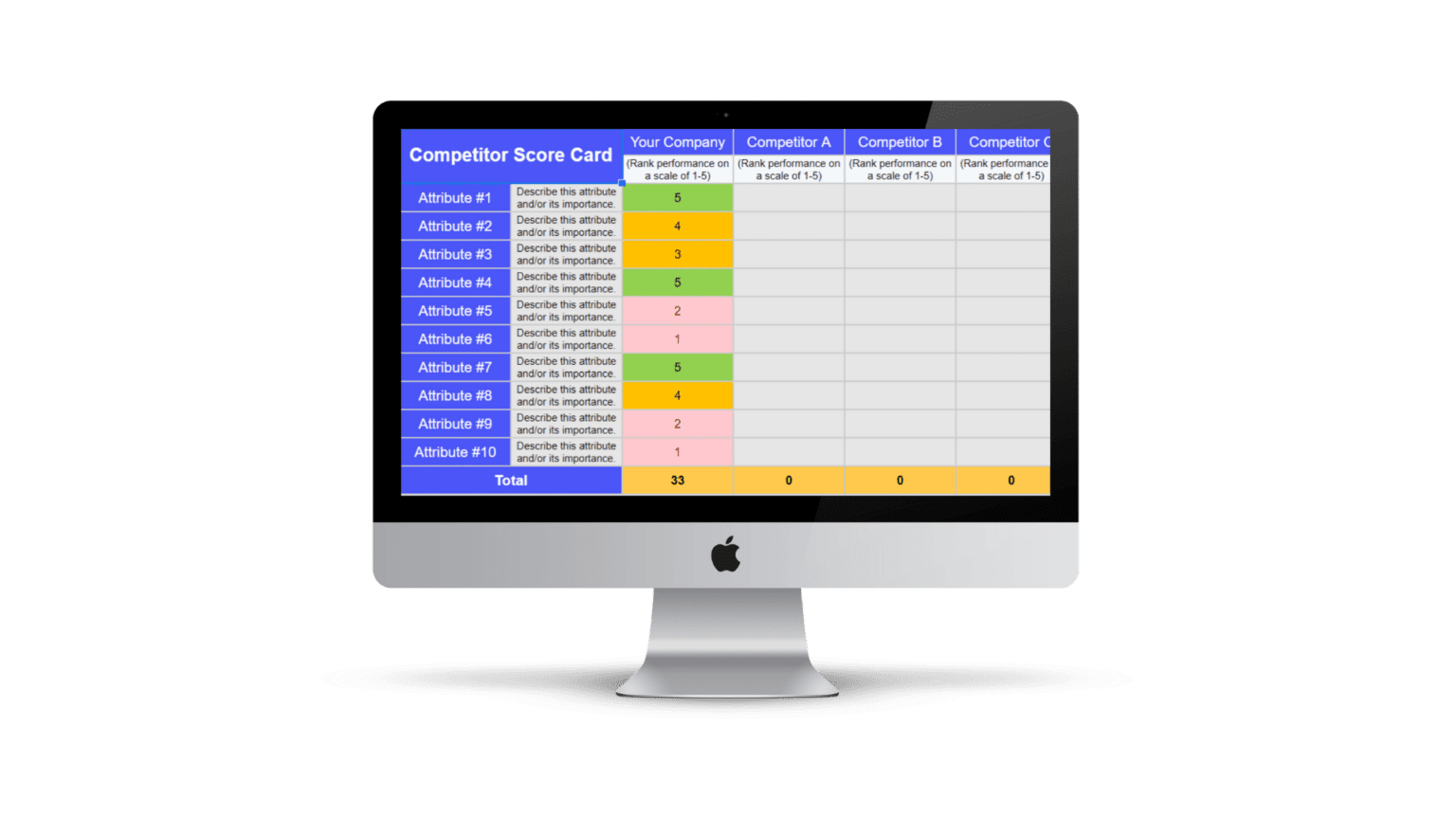What is a competitive analysis and why should you care
Do you need to conduct a competitive analysis? Do you have any idea where to start, let alone know how to do one efficiently?
The key to conducting a successful competitive analysis does not happen by just taking a quick look over their website and LinkedIn page. If you do this, you may be able to put together some interesting information on what they want you to think they are like. But what do these mediums not tell you? And how can you use this information to your advantage?
What is a competitive analysis?
Conducting a competitive analysis can help you, your colleagues and other key stakeholders learn absolutely everything about how your competition works. The best part? A great competitive analysis will also be able to identify potential opportunities where you can out-perform them. As a bonus, it also helps you remain in the loop with industry trends, upcoming players and identifies shifts in best practices.
Why should I even do a competitive analysis?
So your boss asked you to complete one, but you don’t see the point? Unfortunately, we agree with your boss in this situation. A competitive analysis is important, really really important. Why? Here are four key outcomes when completing your competitive analysis. These include:
- Identifying gaps in the market
- Developing new products and services
- Uncovering market trends
- The ability to market and sell more effectively






Get your free Competitive Analysis template
Track and analyse your competitors while decreasing your research time by 50%.
How to do a competitive analysis
Determine who your competitors are
There are two types of competitors to consider.
- Direct competitors: These are businesses that could pass as a similar substitute for yours, and that operate in your same geographic area. They will also form the basis of your competitive analysis
- Indirect competitors: You may not use your indirect competitors in your competitive analysis this time, but best keep them noted so you can keep an eye on them as the market can shift at any time.
What product lines or services do your competitors offer?
This should include their pricing strategy as well as the quality of the product or service they are offering their customers. Don’t forget these key questions:
- What is their market share?
Online vs Brick and Mortar? - Does it matter in your industry?
What are their distribution channels? - Low cost vs high cost, and is their aim volume sales or one off purchases? What perks are offered?
- What is their main differentiation?
Did you manage to find the answers about your competitors’ products and services? Now you can start scoping out the rest of your competitors’ efforts!
Marketing, content and sales. Oh my!
This is where your competitive analysis can get a bit tricky and finding all of the information can be quite time consuming (unless you are a KnowFirst™ premium subscriber of course!). Answering these questions will give you an idea of how competitive the sales and marketing strategies are, ultimately giving you a big picture of what your competitors stand for and how you can charge your own strategies to excel past them.
Start by finding answers to questions such as:
- What channels are they selling through?
- Where are they located, and does this give them an advantage?
- Are they on a growth strategy, or scaling down?
- What is their annual revenue?
- How do their customers rate their service?
And when it comes to their marketing, look to answer:
- What digital marketing channels are they using?
- Do they have a blog, or do they create whitepapers and ebooks?
- Can you attend in person or online events?
- Can you locate any recent press releases?
- Don’t forget about their offline advertising campaigns!
Content will be king for a lot of industries, and often creates a large amount of in-bound traffic for your digital channels. Analysing your competitors’ content can also give you an idea of their overall brand and target audience. Top considerations should be:
- How accurate is their content?
- Are there any obvious spelling or grammatical errors?
- Who are they targeting? Does their content go in-depth or is it surface level?
- Is it free to download/view, or do you have to opt in?
- Who is writing their content (is there a byline)?
- Look at their social media presence, strategies and engagement
Social media, and other digital platforms, continue to drive engagement and authority for most organisations. Key questions to ask include:
- What social platforms (Facebook, LinkedIn, Youtube etc.) do your competitors have accounts on?
- How many followers do they have on each, how often do they post and how engaged are their audience (the number of comments and shares).
- What type of content are they posting and do they use specific keywords?
- Do they drive people through to landing pages to gather leads, or post visual content to increase engagement and brand?
- Do they have links to their social channels on their website footer, and have the sharing buttons on their blog pages?
And the big question you should ask: How does your content compare?
By analysing your competitors’ social platforms, you can truly get an idea on who their target and what their priorities are. Are they focused on growing a particular product or service? Do they draw people in with competitions and free offers? How engaged are their clients in interacting with the brand?
Learn what technology stack your competitors’ use
Being able to beat your competition requires knowing as much as possible about them. And their tech stack is often a breadcrumb trail, leading you to insights into their strategies and key differentiators.
So what can their tech stack tell us?
- Are they taking advantage of customer service software?
- Do they utilise marketing optimisation tools, paid advertising tracking and automation to increase their marketing effectiveness?
- What infrastructure and cloud provider do they use and how does this play into overall performance? When you see multiple cloud providers, CDNs and more, it really indicates an eye for performance.
- Does their sales team utilise a CRM provider like Hubspot or Salesforce? These are platforms which may help them track leads from their website.
By having access to this information, you can arm yourself with everything you need to outperform their processes.
Perform a SWOT Analysis to learn their strengths, weaknesses, opportunities, and threats
If you have gotten all the way to this step, you probably feel like you know everything you need to about your competition. And this is why your SWOT analysis is one of the most important steps. It puts all you have learnt together and compares their weaknesses against your strengths and vice versa.
Some key questions to get you started:
- What are competitors doing well?
- Where do your competitors have the advantage over your company/brand/offering?
- What are the weakest areas for your competitor?
- Where does your company/brand/offering have the advantage over your competitors?
- In what areas would you consider your competitors a threat?
- Are there opportunities in the market that your competitor has identified?
By asking open-ended questions, you’ll have honest feedback about what customers find appealing about your brand and what might be turning customers away. Ultimately you can better position your company, and start to uncover areas for improvement within your own brand.
How do you stack up?
Through your competitive analysis, you have taken a significant amount of time looking at your competition. But how do you stack up against their business, sales and marketing endeavours? By comparing your own metrics to those of your competitors, you can establish a baseline and accurately compare and contrast all of the data available.






Get your free Competitive Analysis template
Track and analyse your competitors while decreasing your research time by 50%.




